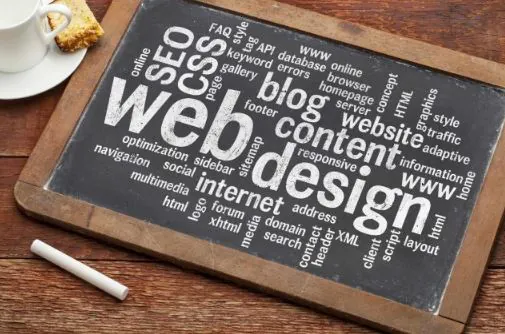Planned obsolescence has been a tool for manufacturers and a frustration to consumers for close to a century. Modern incandescent bulbs, with their thousand-hour lifespans, were one of the first examples of this approach back in the 1920s. The lifespan of lightbulbs had been increasing to the extent that lighting companies were struggling with unsustainable turnover rates: if consumers rarely need to replace the product, how does one increase or even maintain sales?
Leading manufacturers therefore decided to develop bulbs with intentionally shorter lifespans, securing future sales. But now, LED bulbs are going against this policy of planned obsolescence. These bulbs are often advertised as lasting for at least 25,000 hours, which translates to a life of over 40 years under average use. Market analysts expect that saturation of these long-lasting lights will begin causing global lightbulb sales to fall by 2019. LED manufacturers are already starting to see a decline.
In order to combat this issue, some vendors are now offering cheaper bulbs with lower lifespans. Others are simply choosing to leave the market altogether. This doesn’t necessarily mean the industry will become unsustainable, however. For example, some companies are focusing on creating LEDs for products that have their own planned obsolescence, such as vehicles and electronic devices. This means that even if the lights are able to outlive the products they are a part of, there will be continued demand for them as those products are replaced.
Must Read: The Top 10 Solar Panel Manufacturers in India (2018)
Smart lighting is creating another opportunity for the market, both in terms of creating new demand and of opportunities for obsolescence. The “smart” part of smart lighting will be frequently improved and updated, allowing lighting companies to sell new versions of the same lights. Also, the wide range of uses for these lights, from security functions to data collection and beyond, mean that there are new ways lighting can be used, creating new sources of revenue.
The other reason LEDs are becoming so popular despite the challenges of maintaining sales numbers is their sustainability. These bulbs are energy-efficient, and because they last so long before needing to be replaced, they also create considerably less waste. Governments and environmental organizations are therefore encouraging their adoption, even offering incentives for doing so. This motivates both vendors and consumers to take advantage of the technology.
One recent development in the realm of long-lasting bulbs is the Dubai Lamp. This product is said to be the world’s most efficient LED lightbulb, and has the potential to save users 90% of their electricity bills. Its energy efficiency and low emissions make it a very sustainable product, and it will help the Middle East and other regions become more energy efficient. It will also reduce the amount of cooling needed, as the bulbs give off a lower level of heat.
Two Dubai developers have signed a four-year agreement to use the Dubai Lamp in their projects in the city. Dubai Municipality will coordinate the installation in buildings and facilities, and study the savings generated from the use of the bulbs. Officials expect to use 2 million Dubai Lamps in 2017, with that number projected to reach 10 million by 2021.
If you’re looking for business partners, whether in the lighting industry or elsewhere, BizVibe has you covered. Register today and gain access to thousands of suppliers, manufacturers, potential customers, and more from around the world.



